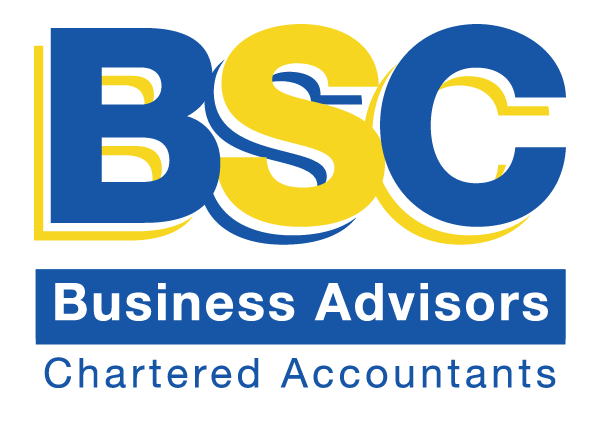Setting Goals and Seizing Opportunities in 2021
Think back to December last year. What predictions did you make for 2020?
Few could have forecast what this year had in store—and few businesses have been left unaffected.
For some, 2020 has been a boom year due to increased demand for products and/or reduced competition. For many more, however, the COVID-19 pandemic had a dramatically negative impact.
Whether your 2020 has been a boom or bust, now is the time to consider your goals for the year ahead. Let’s examine what goals businesses should consider during these testing times.
Revenue Growth or Decline
Revenue, or top-line growth, is a good starting point for goal setting. Will your business grow, stay the same or get smaller? In buoyant economic periods, many business owners assume that sales will increase. They may look at last year’s growth rate and apply the same percentage (or an even greater percentage) without much thought. It’s important to consider whether or not growth is actually achievable, and what might be realistic.
Example 1: As a restaurant owner in a business district, you reinvented your business during the COVID-19 pandemic to offer takeout meals for families and have embraced e-commerce. You feel as though you’ve unlocked a new market and will never go back to the ‘old ways.’ You predict revenue growth but potential in 2021 is unrelated to what was achieved in previous years. You’ll need to completely rethink your business model to arrive at intelligent forecasts.
Example 2: As a travel agent catering to individuals and businesses, you barely survived 2020. Yet, 2021 indicates there will be some resurgence in domestic leisure travel. You should set a sales goal that enables you to break even in the first quarter of 2021, at which point you’ll need to make further decisions about the future of your business.

Profit Margins
Business success is not just about top-line growth. You also need to consider how much you can distribute as dividends, or alternatively, consider whether surplus can be reinvested into the business. This incredibly important metric can validate the existence of a business, since no business can survive protracted periods without profit.
Example 1: As a provider of home improvement services (bathroom and kitchen fit-outs), you’ve seen increased demand during 2020 as people invest in their properties. As a result, profits have been healthy in 2020. But will this continue in 2021? Will your suppliers be able to continue servicing you? Will your part-time laborers continue to be available? These unknowns may affect profitability, so a cautious approach is sensible.
Example 2: As a marketing consultant for local businesses, you lost two key clients in 2020. This forced you to take on some marketing administration work, which provides consistent revenue but slashed your profit margins. You’re unlikely to regain your former clients (one has gone out of business), so you set a profit threshold for the first quarter of 2021. If you fail to reach this number, you’ll consider shutting down your business and seeking employment.

Efficiency and Productivity
The ability to effectively use business resources, including your team’s productivity and available cash, is essential for success. Understanding these numbers and setting goals for improvement is important to be successful in business.
Example 1: When COVID hit, many clients of your software business backed off and you had to release 12 employees (half your workforce). This restructuring resulted in greater earnings per employee and you are now intent on growing productivity even further in 2021.
Example 2: Your business sells kitchen supplies and you operate a fleet of 14 vehicles for the sales team to use. In 2020, the utilization of these vehicles was halved as sales declined. You’ve decided to sell 10 vehicles to increase fleet utilization and improve the efficiency of this expensive-to-maintain asset.
Succession
Every business will go through a succession event at some stage. This may mean liquidation, selling the business to a third party, having employees invest in the business, or listing the business on a stock exchange. It’s critical to have a clear idea of what you want to accomplish in your succession plan.
Example 1: You have built a successful business as a supplier of imported chemical products. For over a year, you have discussed selling the business to a larger competitor who now indicates they cannot proceed with the transaction. While disappointing, you resolve to work at improving your business performance in 2021 and will not entertain any transactions because the valuation you will achieve does not meet your thresholds.
Example 2: You have operated a garden services business for three years but you have not enjoyed the experience. A younger employee is interested in buying the business and can fund the purchase by borrowing from their family. The risks and uncertainty associated with the current business environment encourages you to pursue the transaction in early 2021 with a view to fully transitioning the business by the end of the year.
These are only some examples of goals that business owners can set right now to create a clear roadmap for activities in the year ahead.
This is a better approach than waiting for things to unfold and hoping for the best. If you’d like clarity on achievable ways to grow your business in 2021, contact our team on 07 3135 9420 or email accountant@bscbusinessadvisors.com.au. We’re here to help make your business a success.


Comments